Pianists- novice or professional alike- have one thing in common. Do you know that? It is their warm-up routine. They follow warm-ups for piano religiously to play the way they play.
As a pianist, jumping straight to play a new piece of a song proves your enthusiasm. Yet, to be amongst the seasoned pianists, you should start with a few warm-ups to get stronger hands and fingers.
You may find it monotonous and wonder why you need to do so much! But trust me, warm-ups can change your piano playing. Follow these simple exercises, and you will be playing like Beethoven in no time.
- Why Do You Need Warm-Ups for Piano?
- 7 Warm-Ups For Piano Beginners and Pros
- More Piano Resources
- Summing it up!
- Conclusion
- FAQs
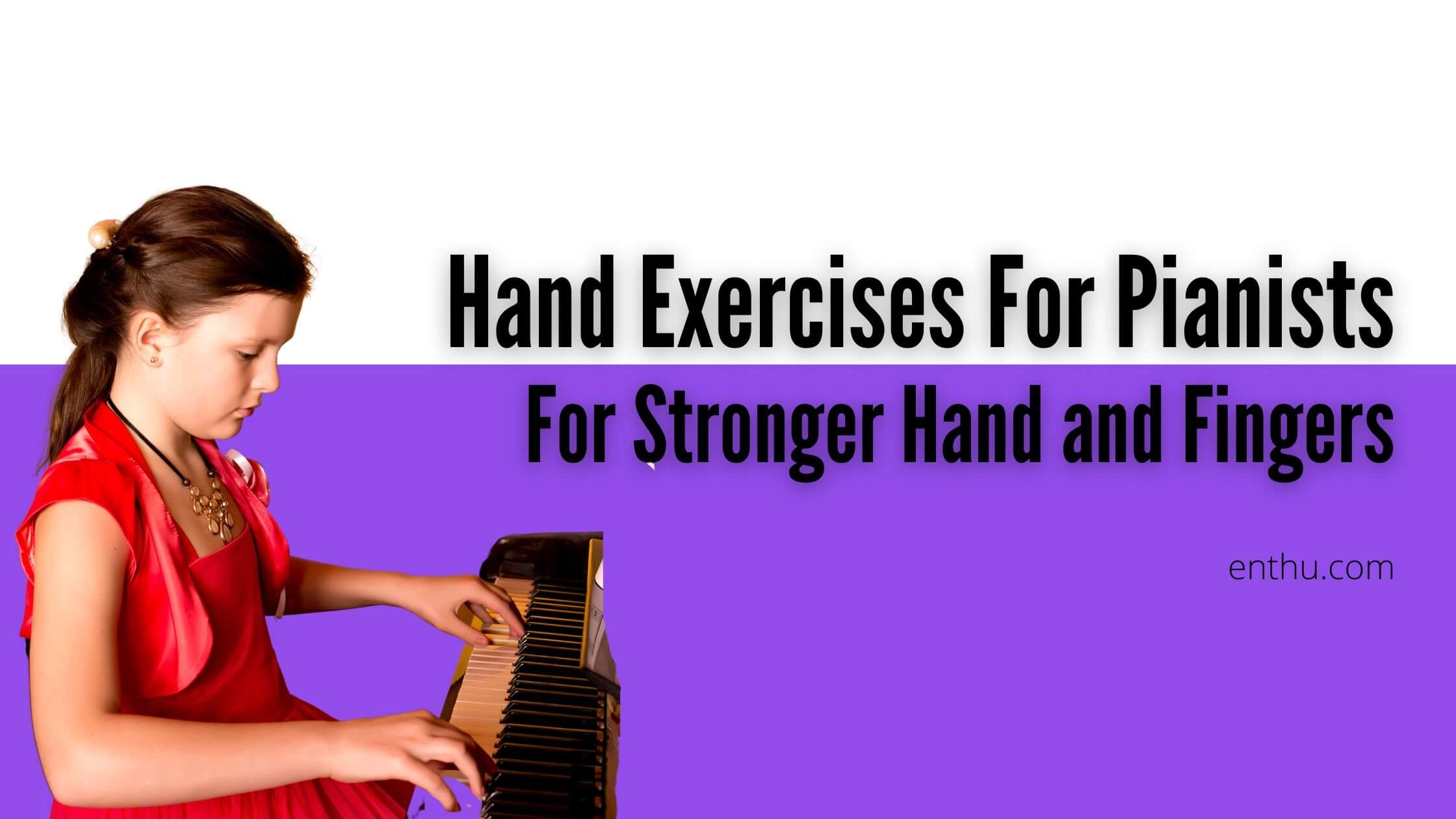
Why Do You Need Warm-Ups for Piano?
The benefits of warm-up exercises are manifold. Let us see what they can be.
Coordination: Playing the piano involves not only muscles but also the brain. Eyes and hands need to be in coordination as well. Follow warm-ups to make your muscles strong, and improve eye-hand coordination.
Agility: Your fragile fingers must be agile to play like a pro. Achieve agility with warm-ups.
Perfection: Are you pondering how to achieve perfection as a pianist? Stop pondering and start following the warm-up routine for piano regularly. You will achieve perfection with time.
To Prevent Injuries: Good piano playing involves proper posture, strong wrists, and flexible fingers.
As you keep stretching your fingers and rotating your wrists, you can hurt your muscles like any sportsman causing painful injuries like carpal tunnel. A few warm-ups can help you to avoid all this.
7 Warm-Ups For Piano Beginners and Pros
Here, I will share 7 warm-up exercises for piano that can be easily practiced as I do it too as a pianist from my beginner’s days. Here, you can trust me with the results.
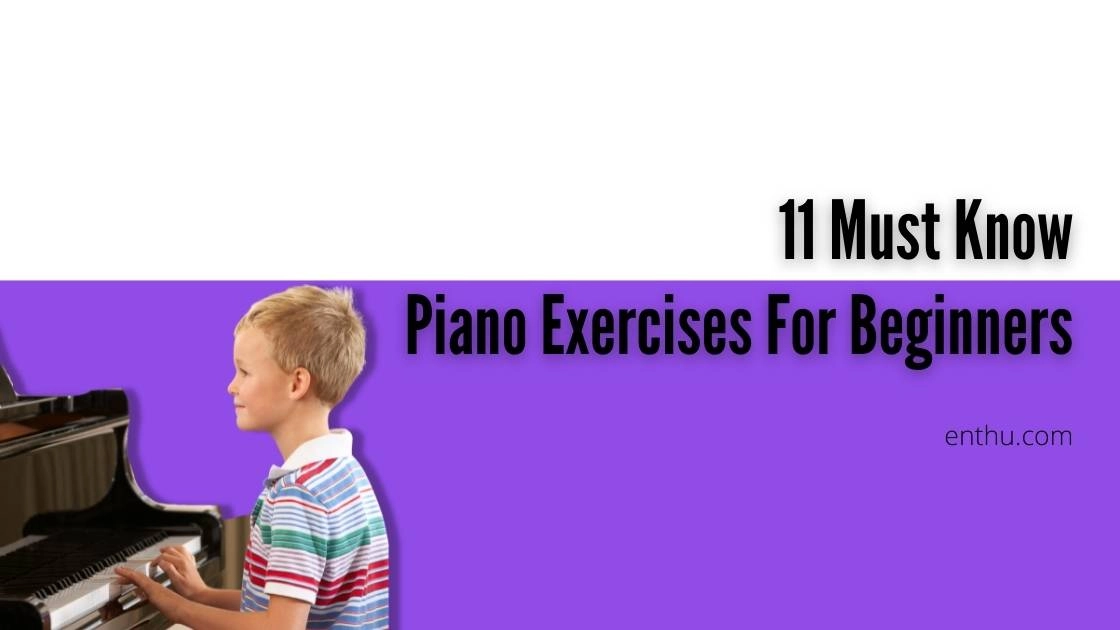
1. Stretch to Increase Handspan
Playing piano is, in general, a physical activity which means it involves your muscles and brain. Stretching can prepare your whole body for any warm-up for piano. You can start stretching just anywhere, not just sitting with your piano.
How to do Stretching
To warm -up your arms, gently pull your straight arm across your body. Hold it in that position for ten seconds, then switch arms. Stretching your arms over your head, let them relax at your sides. Then raise your hands towards the ceiling and stretch your whole body, getting on your toes.
After arms and shoulders, stretch your fists. Hold your hands in a clenched position, counting from one to five. Then, open your hands and spread them apart.
Next, press each fingertip on a flat surface. Press each fingertip as if you press down a key. Then rock the tip of your finger, and you are ready to go.
Benefits
Stretching before playing piano is as beneficial as stretching before any sport. This warm-up will surely help your fingers dance nimbly across the keys. Moreover, it will wake your brain up to focus more on playing the melody you are about to create!
2. Make your Hands Stronger with Hanon Exercises
Created by French Pianist and Songwriter Charles Louis-Hanon, Hanon exercises involve independent finger practice. The finger exercises train the pianist in speed, agility, strength, precision, and flexibility.
Hanon assembled all his exercises in a book named The Virtuoso Pianist. There are 60 warm-up exercises mentioned in the book. Let us begin with the easiest one at first.
How to do Hanon Exercises
At first, use each hand separately on the keyboard before moving together. Practice first with your right hand, then train your left hand. Once you are ready, put your musical cap on and both hands together on the keyboard.
Use more than fingers as the main strength in the exercise. You must use your forearm and place your free hand underneath your forearm to guide your wrist as it rotates side to side.
Benefits
Hanon exercise improves finger strength and independence.
It also increases wrist and forearm strength.
Learning Hanon Part 1 : Mastering the First …
Hands is a great way to start up your warm-up regime. Before we dive into practice, we need to understand basic piano fingering in each hand: 1 (thumb), 2 (index), 3 (middle), 4 (ring), and 5 (pinky). Now locate middle C in your piano, and let us begin!
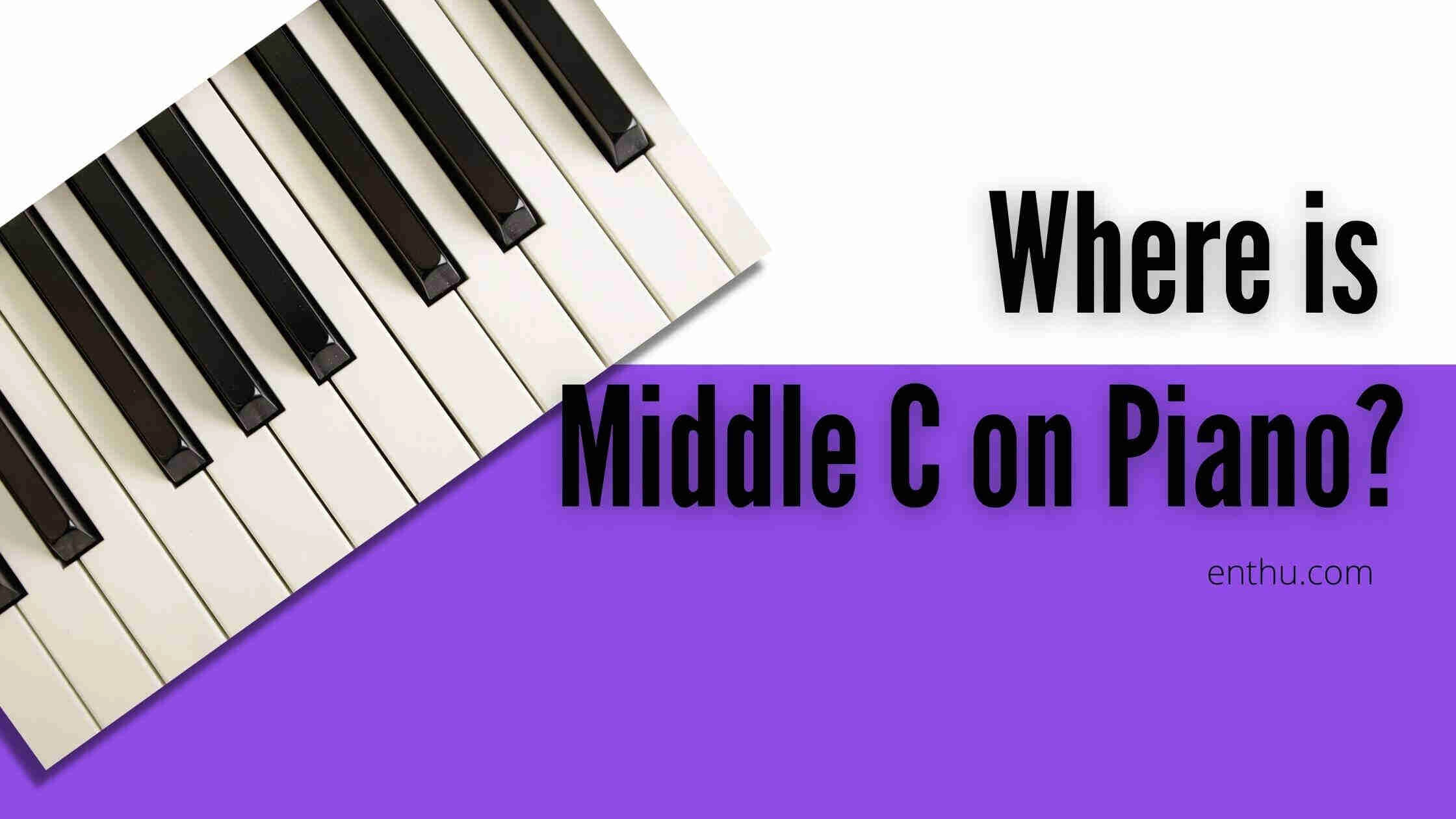
How to do Alternating Hands
Move to the left of middle C. Yes! You heard me right! Place your left hand on the two black keys at the lowest end of the keyboard.
Now place your right hand on the three black keys next to your left hand.
Play your left hand first, then your right hand. After that, cross your left hand over your right hand and play, and then play with your right hand. Sounds fun, right?
Benefits
The agenda of this exercise is to alternate hands and create a semi-circle while making the symphony.
It will enhance your flexibility and will make you relaxed with no ounce of anxiety.
Tips
Listen to an expert. Use only the black keys for this exercise. Remember to relax your shoulder on your second round.
4. Master Scaled with 5-Finger Pentascale
When a great pianist was asked, "What is the foundational element of a piano?" He answered, "It is scale. Bro!" A Pentascale is a five-finger pattern related to the scale and key of the first note in the pattern. The C pentascale starts on C and ends on G.
How to do 5 Finger Penta scale
With right-hand, play C, D, E, F, G, or 1, 2, 3, 4, 5. Play the same notes with the left hand but in reverse fingering as 5,4,3,2,1.
You can play Pentascales in different keys; once you become familiar with it, only the fingerings remain the same.
Benefits
It makes your fingers relaxed and agile.
Pentascale is an excellent way of stretching your fingers on the keyboard.
Once you give it a go, you will surely add to your knowledge of scales.
Tips
Repeat the exercise in ascending and descending order. Always remember to be relaxed on your fingers.
5. Practice Arpeggio to make a Better Rhythm
An Arpeggio is any chord played one note at a time, unlike the usual way, which is played by pressing all the notes simultaneously.
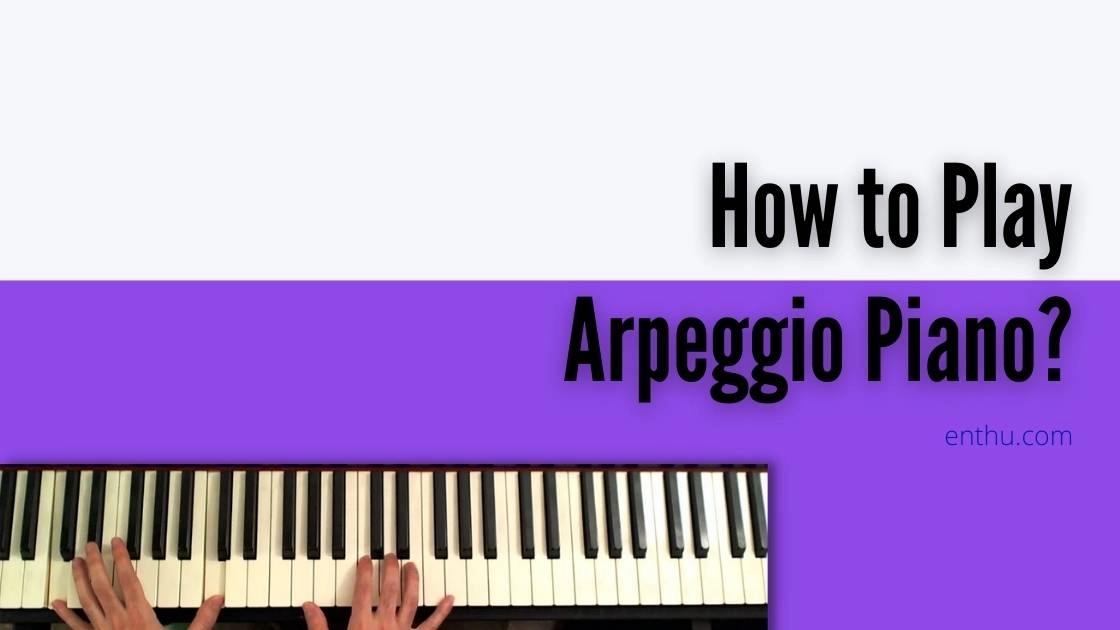
How to do Arpeggio
Place your 1st, 3rd, and 5th fingers on the C, E, and G keys.
To play Arpeggio, play each of the notes. Press one finger at a time, starting with C, then E, and lastly, G.
Benefits
Arpeggios enable us to know our scales and chords.
This is a standard exercise for beginners to intermediate-level pianists to build muscle memory, strength, and agility.
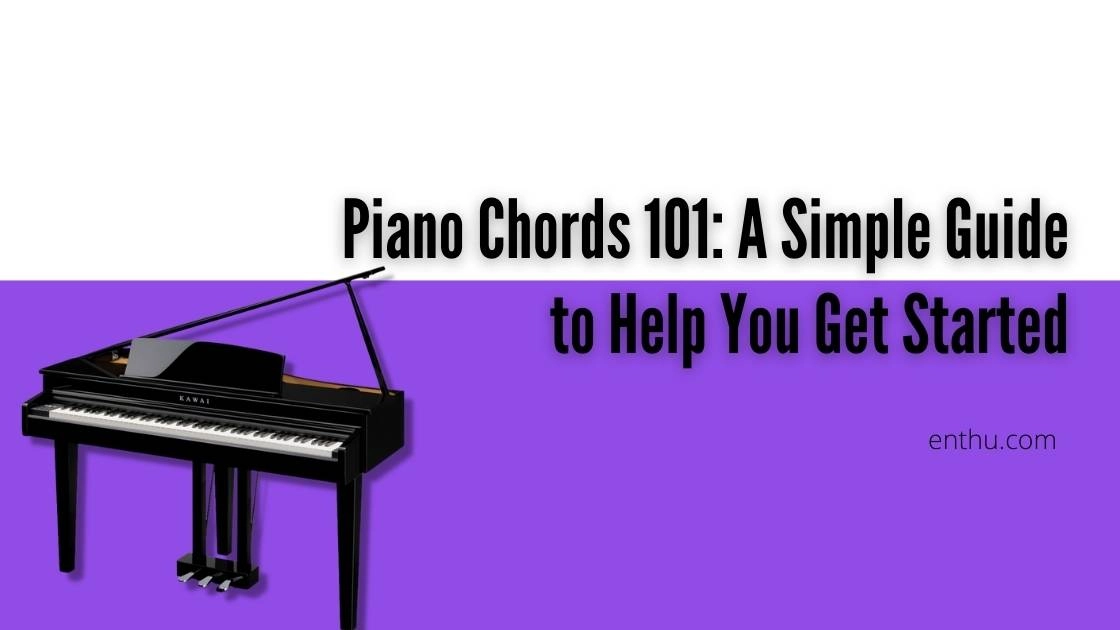
6. Test your Memory with Shadow Playing
Shadow playing allows you to play the music without the instrument. Start this healthy warm-up anywhere and anytime.
How to do Shadow Playing
When you are too exhausted to practice, pull down the piano lid and let your fingers move up through it.
Take your sheet music out of your bag and practice your skills on any flat surface you can get.
Benefits
Shadow playing builds finger strength, helps to anticipate key distances on the piano, and helps to focus on proper fingering.
This exercise is very beneficial as this brushes the finger skill to make you confident.
7. Sightread to Understand
Music well-sight reading is the ability to go through any piece of music sheet and play it without prior reading. This exercise is an easy warm-up every pianist needs to know. For this exercise, the focus is not on perfection but on persistence. Go slow. Just have fun and do your best.
How to do Sight-reading
Read and memorize notes
Remember your scales
Familiarize yourself with the chords and note combinations
Train your brain, eyes, and fingers to work spontaneously toward the same goal together
Benefits
A pianist who has mastered sight-reading abilities well will often be able to learn music at a faster rate than others.
More Piano Resources
9 Best Piano Books For Kids And Beginners 10 Things To Think About Before Taking Piano Lessons How Long Does It Take to Learn Piano? Proven Tips To Practice And Get Better At Piano What Is The Best Age To Start Piano Lessons? Best Piano Lessons Online for Free



Summing it up!
“PRACTICE MAKETH A MAN PERFECT,” said Sir Francis Bacon once. Therefore here are some of my favorite ways of warming up before you can make a perfect symphony with your piano.
Find which exercises are best for you, and play with your heart out. Stay tuned with us for more such fun exercises for perfection.
Conclusion
In conclusion, Hyvor Blogs provides a powerful and user-friendly platform for bloggers looking to share their thoughts and ideas with the world.
With its customizable features, optimized SEO, and community-building capabilities, you can create a unique online presence that stands out.
Remember to keep your content engaging and relevant, interact with your audience, and utilize the platform's tools to maximize your blogging journey. Happy blogging!
FAQs
1) How do pianists warm up?
Like any athlete, pianists also follow warm-up routines religiously. Whatever exercise suits you, you can do it before preparing for your performance.
2) Why is warming up in piano important?
Warming up is crucial because it makes your hands strong. Your fingers can become agile and fast. Additionally, warming up enhances the sense of music as well.
3) Are Hanon exercises good?
Yes, Hanon exercises are good for strengthening fingers, wrist, and forearm strength and building endurance. The famous pianist Rachmaninoff believed in Hanon exercises for their skill-building techniques.
But Hanon exercises need to be done with proper knowledge of posture. Few prefer Czerny over Hanon as an ideal exercise.


Comments